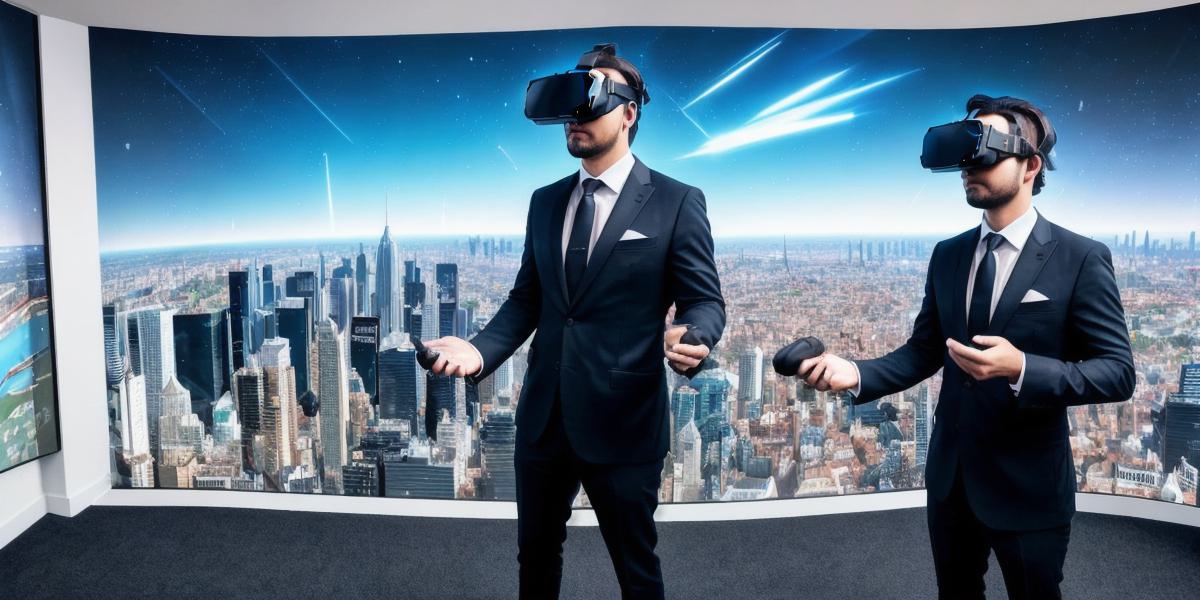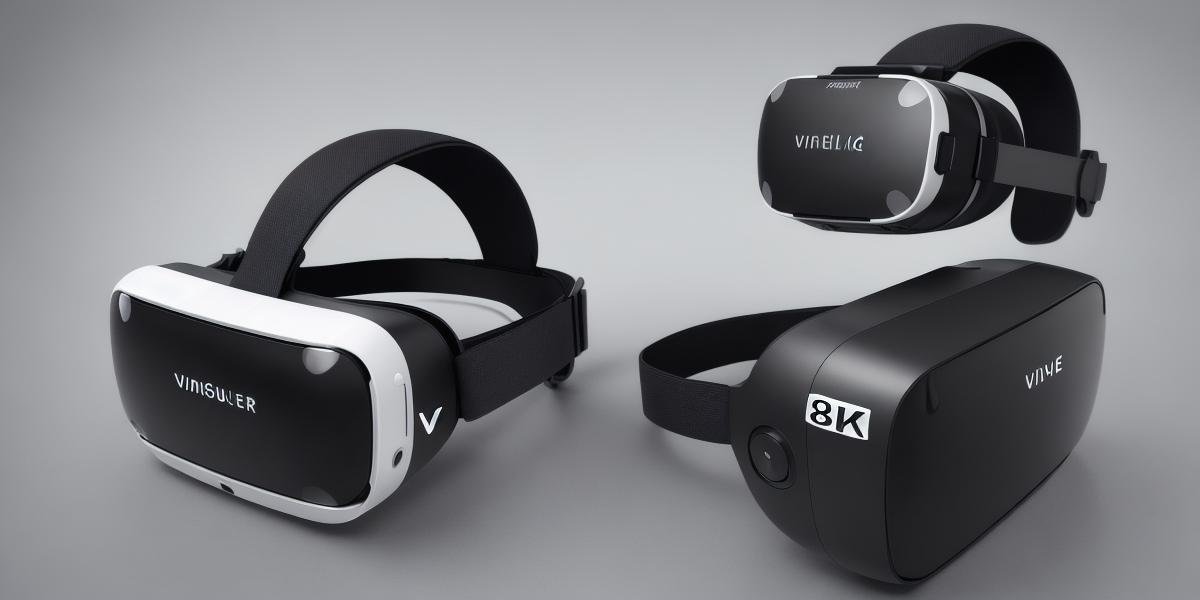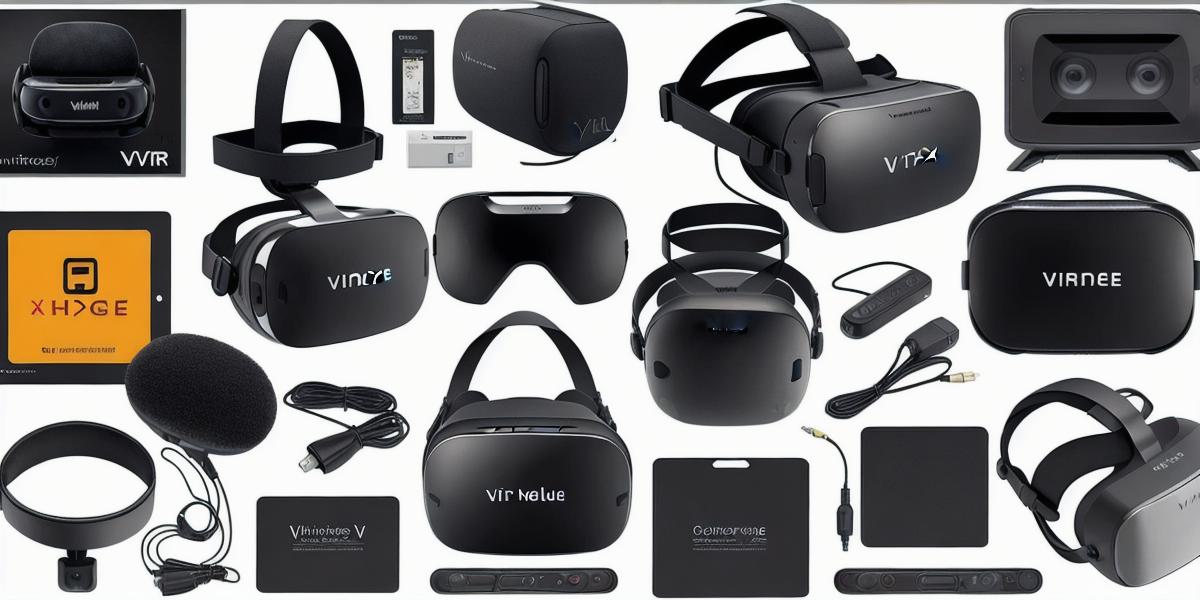Virtual reality (VR) is a rapidly growing technology that has gained immense popularity in recent years. VR technology allows users to experience immersive and interactive environments, making it an exciting medium for gaming, education, and healthcare applications. However, like any new technology, VR also presents its own set of challenges, one of which is the risk of vertigo.
Vertigo is a condition characterized by dizziness and nausea that can be triggered by sudden changes in head position or movement. While not everyone will experience vertigo while using VR, it is a common issue for some users. In this article, we’ll explore the connection between virtual reality and vertigo, as well as strategies to prevent and manage this condition.
What Causes Vertigo in Virtual Reality?
There are several factors that can contribute to vertigo while using VR. One of the most common causes is the disconnect between the user’s visual and vestibular systems. The visual system is responsible for processing what we see, while the vestibular system helps us maintain our balance and orientation in space. When using VR, the visual and vestibular systems can receive conflicting information, leading to vertigo.
Another factor that can contribute to vertigo in VR is the lack of context and depth perception. In the real world, we have a natural sense of depth and perspective that helps us navigate our environment. However, VR environments often lack these cues, making it difficult for the brain to process the information and maintain balance.
Preventing Vertigo in Virtual Reality
There are several strategies that virtual reality developers can use to prevent vertigo. One of the most effective is to provide users with a sense of control over their environment. By allowing users to adjust the speed and direction of their movement, as well as the perspective and lighting of the environment, developers can help prevent disorientation and reduce the risk of vertigo.
Another strategy is to use motion sickness-reducing techniques, such as providing a fixed point in the environment that users can focus on to maintain balance. Additionally, developers can use haptic feedback devices, such as gloves or vests, to provide tactile cues that help users orient themselves and maintain balance.
Managing Vertigo in Virtual Reality
For users who do experience vertigo while using VR, there are several strategies that can be used to manage the condition. One of the most effective is to take regular breaks from VR use and engage in activities that promote balance and orientation, such as walking or stretching. Additionally, users can try adjusting the settings on their VR headset to reduce motion sickness-inducing effects, such as lowering the refresh rate or adjusting the field of view.
Conclusion
Virtual reality is a powerful technology with many applications, but it’s important for developers to be aware of the potential risks associated with this technology. By understanding the connection between virtual reality and vertigo, developers can take steps to prevent and manage this condition, ensuring that users have a positive and safe experience while using VR. As with any new technology, it’s important to continue researching and developing strategies to improve the user experience and reduce the risk of adverse effects.




